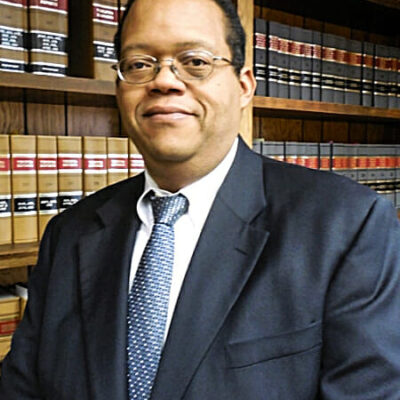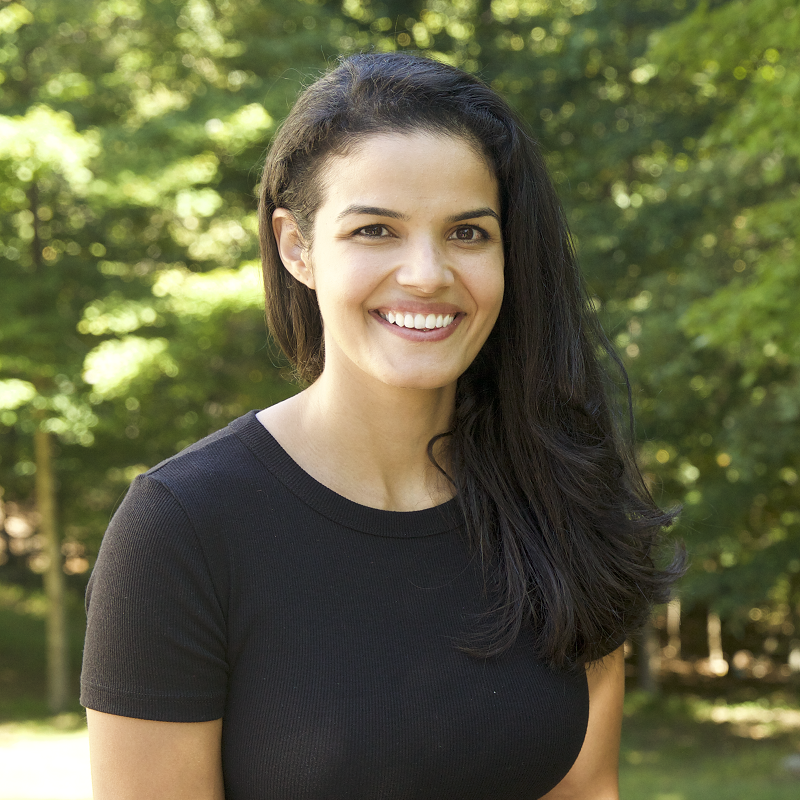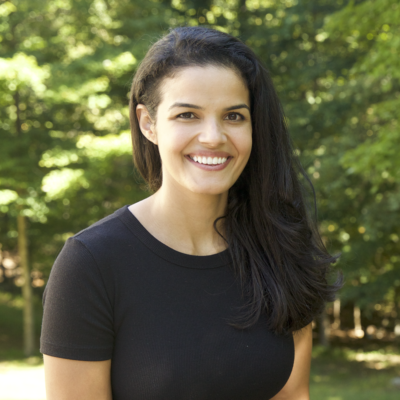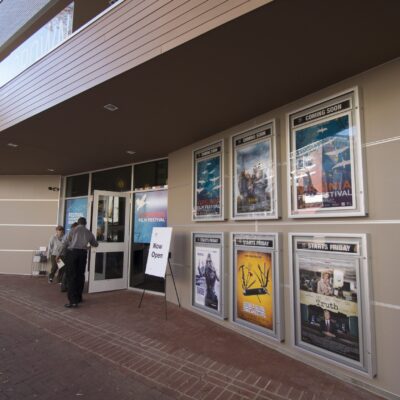But for Edward Villella, the founder and artistic director of MCB, scoring big is just another day at the office. A sensation from the first time he leaped onto the professional stage 49 years ago, Villella’s place in dance history was paved with will, perfectionism, energy and charisma. Those qualities lifted him to the art’s highest ranks before he retired from dancing in 1975. Now in its 20th year, Miami City Ballet promises to bring to Charlottesville the kind of verve and crystalline classicism previously unseen in these parts—the kind of thing big city audiences (and critics) get to watch all the time. MCB will play the Para-mount on Tuesday night, April 25, and if you don’t show up, it won’t be because we didn’t tell you to.  Though his physique was by no means typical when, as a scrappy kid from Queens, New York, Villella fell in love with ballet, this compact, muscular showman has come to personify the American male dancer. Intensely athletic and, what’s more, a charmer, Villella looked like the kind of guy you’d find pounding the heavy bag at the gym or fielding line drives in a sandlot (both of which he did, by the way).
Though his physique was by no means typical when, as a scrappy kid from Queens, New York, Villella fell in love with ballet, this compact, muscular showman has come to personify the American male dancer. Intensely athletic and, what’s more, a charmer, Villella looked like the kind of guy you’d find pounding the heavy bag at the gym or fielding line drives in a sandlot (both of which he did, by the way).
Indeed, his virility defined his performances with the legendary New York City Ballet, though he was by no means a caveman in a dance belt. His storied drive—not only to master choreography, but also to learn the essence of the steps from the inside out—grew out of some physical frustrations. Having been forced to quit ballet by his working-class parents, Villella spent the crucial four years between 16 and 20 out of a studio. When he returned, he was determined to take up where he left off, and then push ahead. He practically willed his body into submission; he also made it his business to understand what he was performing from every aspect.
“Boy, did I have catching up to do,” he told me in a phone interview last week from his office in Miami. “That meant I had to relearn an art form which I thought I would never, ever participate in again. That kind of disadvantage became an advantage for me because then I had to investigate every area, every level. It made me wonderfully curious.”
And what a reward awaited a curious man in Villella’s position! His teacher and mentor (and sometimes his tormentor) was the 20th-century’s unparalleled ballet genius, George Balan-chine. Demanding speed, precision, daring and, yes, curiosity from his dancers, Balanchine remade classical ballet. His works are often erroneously tagged “abstract.” But Balanchine was as invested in storytelling as were his Imperial Russian forebears; the difference was that Balanchine made the story inside the music his principal choreographic concern. To some eyes, the results are “plotless,” but nonetheless thrilling.
With rapid-fire direc-tional changes, skim-ming footwork and stylistic versatility, Balanchine’s dances are staggeringly difficult to master. The rewards are great for the dancer who can do it. All of which makes Villella’s nascent achievement in 1988 (lauded by The New York Times) that much more remarkable, as his company specializes in the Balanchine repertory. Nearly 70 now, Villella has reinvested his drive and determination into creating a ballet company worthy of Balanchine, the man he calls his “artistic father.”
Our conversation last week continued to topics of building a company, training dancers and teaching audiences about what they see. Here’s some more of what Villella had to say.
Cathy Harding: In your book Prod-igal Son, you talk about what you call the “golden age of ballet” when you performed with the New York City Ballet from the 1950s into the 1970s. How would you describe the age we’re in now?
Edward Villella: When I was referring to the golden age I was referring to when I was growing up, which was absolutely magical. Under the same roof: George Balanchine, Jerome Robbins, Igor Stravinsky. Lincoln Kirstein was the general director. It was one of the most incredible creative periods in the history of our field, of our world. The anticipation of watching three or four new works a season by these two geniuses, Balanchine and Robbins, was something that was just a wonderful thing. Essentially that’s what I was referring to.
It has been 23 years since the death of George Balanchine and most of Miami City Ballet’s repertory is works by him. You’ll present an all-Balanchine program here, “Donizetti Variations,” “Sonatine,” “Tschaikovsky Pas de Deux” and “Pas de Dix.” What do you find to still be new in these pieces, in all this time since they were created?
The reason they are masterworks is the dimensional level on which a guy like Balanchine choreographed. You may have a terrific understanding of the technical levels that he was choreographing at, you may have an understanding on the stylistic area that he was choreographing at, the musical relationships—all of these kind of internal understandings. And that to me not only makes a great ballet but it makes a great watching experience.
For instance, “Donizetti Variations.” When I’m setting it, I say to our guys, “This is not grand Imperial Russian, this is not French Romantic, this is not English, this is based on the Italianate frame.” When Mr. B was choreographing the opening, he stopped me and he said, “You know dear, you’re like Italian acrobat.” And I went “Oh my God, there it is.” In a couple words he said it for me, I understood it immediately and began to play that character as Italian.
Unless you have these kinds of tangential understandings or internal understandings, you dance it like a technical piece. And so it’s these kinds of investigations that I had of necessity to make and now it has helped me so much that I can pass these works on. It’s a certain authenticity that we have, we who had the pleasure of standing in front of Balanchine and we who were curious. But he choreographed these things on so many levels that even if you as a dancer didn’t understand it, it would still be all right.
In 20 years that you have been an artistic director, Mr. Villella, how do you think that you have changed?
I can tell you that I am not the person that I was 20 years ago. I have a great more awareness, sensitivities. It’s become all-encompassing. People ask me what I do as the founding director. I say, “Well, I’m the responsible adult, I am absolutely responsible for everything.”
You had a very great teacher at New York City Ballet in Stanley Williams. How do you work to teach the new generation of dancers?
I have tried to absorb all of the principles of the great people who taught me: Balanchine, School of American Ballet, Stanley Williams. Balanchine expected you to be fully warmed up and then he could give you just a little bit of a barre and then he would get into his thoughts and ideas. But what I needed was a broad approach because I was starting all over again. I needed a logic within the entire class. I mean sometimes he’d give us a barre for 18 minutes, sometimes you’d stay at the barre for 45 minutes, you know you never quite knew what to expect. I was always suffering from my inability to advance during those four years, so I needed something very, very consistent.
You’re suggesting that your own teaching has a more recognizable structure?
Structure, form and logic. There is a very basic logic to what I do and in between it’s very sophisticated, mu
sically in particular. So I try to understand that I have dancers in front of me that I not only have to inform but I have
to warm them up for six hours
of rehearsals.
What can you tell us about some of the ballerinas who will be performing here: Mary Carmen Catoya, Jennifer Kronenberg, Katia Carranza, Deanna Seay?
Well, you know, every dancer is different. Katia is terrifically suited to “Donizetti.” It’s a bravura piece, but it has a lightness and airiness. In the “Tschaikovsky,” this is something that you have to be able to knock off and make it look like nothing, and Mary Carmen Catoya is one of the most astonishing technicians I have ever seen. So she has the strength and the capacity just to almost throw it away and as you’re watching it you don’t believe it.
You mentioned to The Washington Post that you regard George Balanchine’s dances as “old friends.” What do you look for in other chorographers’ work?
I spent the first 10 years with our company developing the neoclassicism and the Balanchine because that’s the most complicated and difficult. Also fewer people are trained in it so I knew that I had better start with it and get our company expert in it. His ballets are remarkable teaching tools. But I always understood I couldn’t just have Balanchine.
What sort of talking points would you offer to novice audiences?
I treat every audience exactly the same, doesn’t matter where we are. What I would like to do is just pass on to them as much of my respect for the field as I possibly can. Therefore I speak before every performance. I break the work down, especially in the neoclassical abstract work where people don’t know where it came from. In “Donizetti,” I will talk about the Italianesque quality, saying it’s not just a bunch of steps, and the same with “Tschaikovsky Pas de Deux.” “Sonatine”’s beautiful evocation of the French style, and then right down to a Russian Raymonda-esque kind of thing with “Pas de Dix.”
If I understand correctly, you are saying that you will stand before the curtain here and talk about these works.
Oh, I’m a hands-on kind of guy. I go everywhere.





